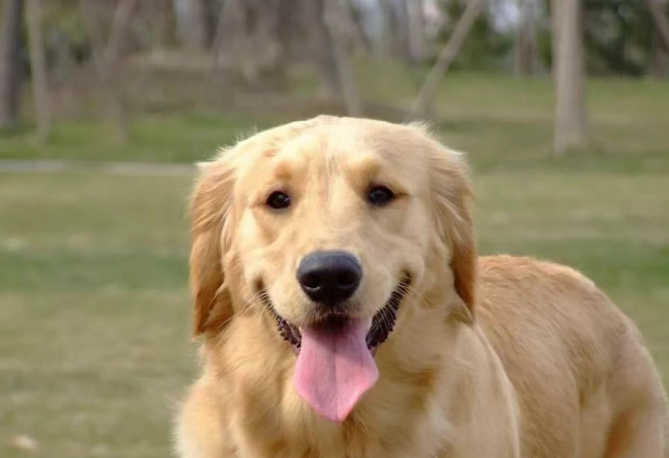
Maintain proper and effective communication about going to the bathroom
Good communication between human and dog is vital when it comes to training. Communication starts not only with the heart, but also with the right approach. Lecturing, yelling or other forms of punishment won’t get you anywhere, and may even make the dog bored with what’s going on. Create an incentive system that works. Praise and rewards need to be both “soft” and “soft”. Puppies are like babies, you don’t punish a baby for peeing and pooping all the time. And, like babies, puppies need to be pampered and can’t handle harsh punishment. When crate training a puppy, the only way to ensure effective training and motivation is to use the correct, humane methods.
Choosing the right crate
The crate doesn’t need to be luxuriously furnished, but it does need to be properly sized and comfortable. Puppies hate to “snail”, so the box can not be too small, at least to ensure that it has enough space to walk around and turn around inside. The crate should not be too big, if it is too big, the puppy will consciously choose a piece of feng shui as its “restroom”, which will make training more difficult. The choice of material is also important. A lightweight, easy-to-clean and durable plastic crate is the best choice, followed by a metal crate. Don’t leave your puppy in the crate on his own for too long, as this may give him the impression that training is tantamount to confinement. Except at night, put your puppy in it before bedtime so he understands that it’s bedtime and that most puppies can stay in it all night without wetting themselves.Allow your puppy to adjust to “life in the crate” and slowly get used to the crate. Create a positive image of the crate for your puppy by placing a good rug and your puppy’s favorite toys in the crate to increase your puppy’s comfort level, as well as some dog treats in the beginning to attract his attention. Never force your puppy into the crate. Use coaxing and rewards to make sure your puppy understands that the crate is a “private place” in your home, not a “confinement room”.
Using the crate to teach your dog to go potty
Once the puppy is settled, the next step is to teach him to potty. The crate plays an equally large role. First, mark out a defecation area for your dog in the bathroom with newspaper; there should be boundaries set up next to this area, meaning that it will be difficult for the puppy to get out on its own once it is in there; and then, keep your dog in this area until it defecates for the first time. If the puppy is sniffing around or circling outside the area, immediately bring him into the area. After a few times, the puppy will understand that this is its own special toilet. Especially at bedtime, after waking up and after meals, take the puppy out of the crate and put him in this area so that he gets into a regular potty habit and remembers what the crate and the toilet are for.
Golden Rule
Don’t let the puppy “rule” your house!
To house train your puppy, you need to be prepared to be patient and take your time. The breed of the dog and the training method you use will determine the length of training time and when you can move on to the next step. Using crate training for puppies is one of the most widely used house training methods. It’s not just about training a well-housetrained and sensible puppy – you should set some boundaries so that the new puppy understands where the activity areas are and where they are off-limits. You shouldn’t let a new puppy “rule” the house until he’s fully housebroken. Remember, a puppy is a sponge that can take in as much information as you give it and try to please you, giving it the right information and letting it achieve what you want it to do is the duty of a responsible owner.